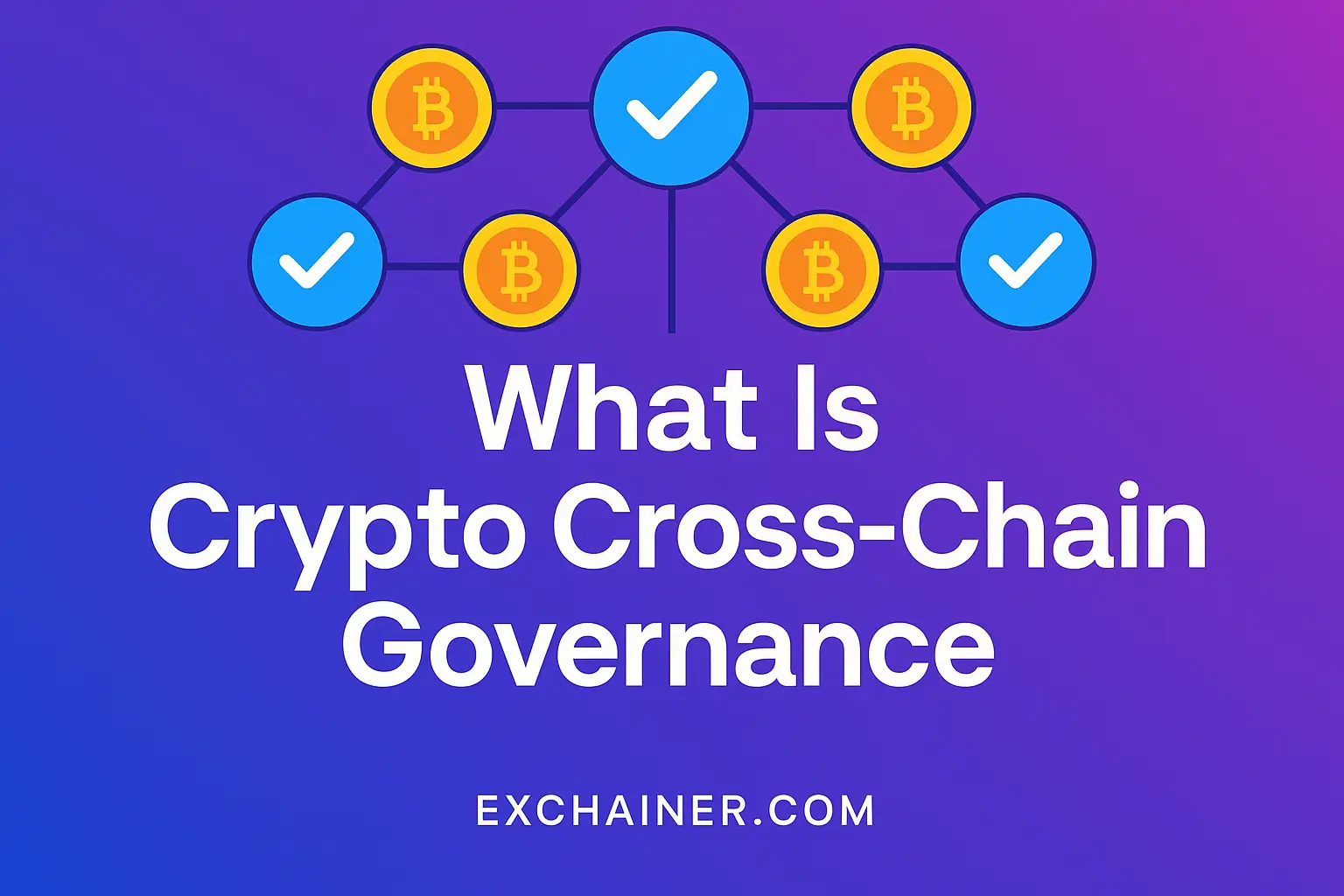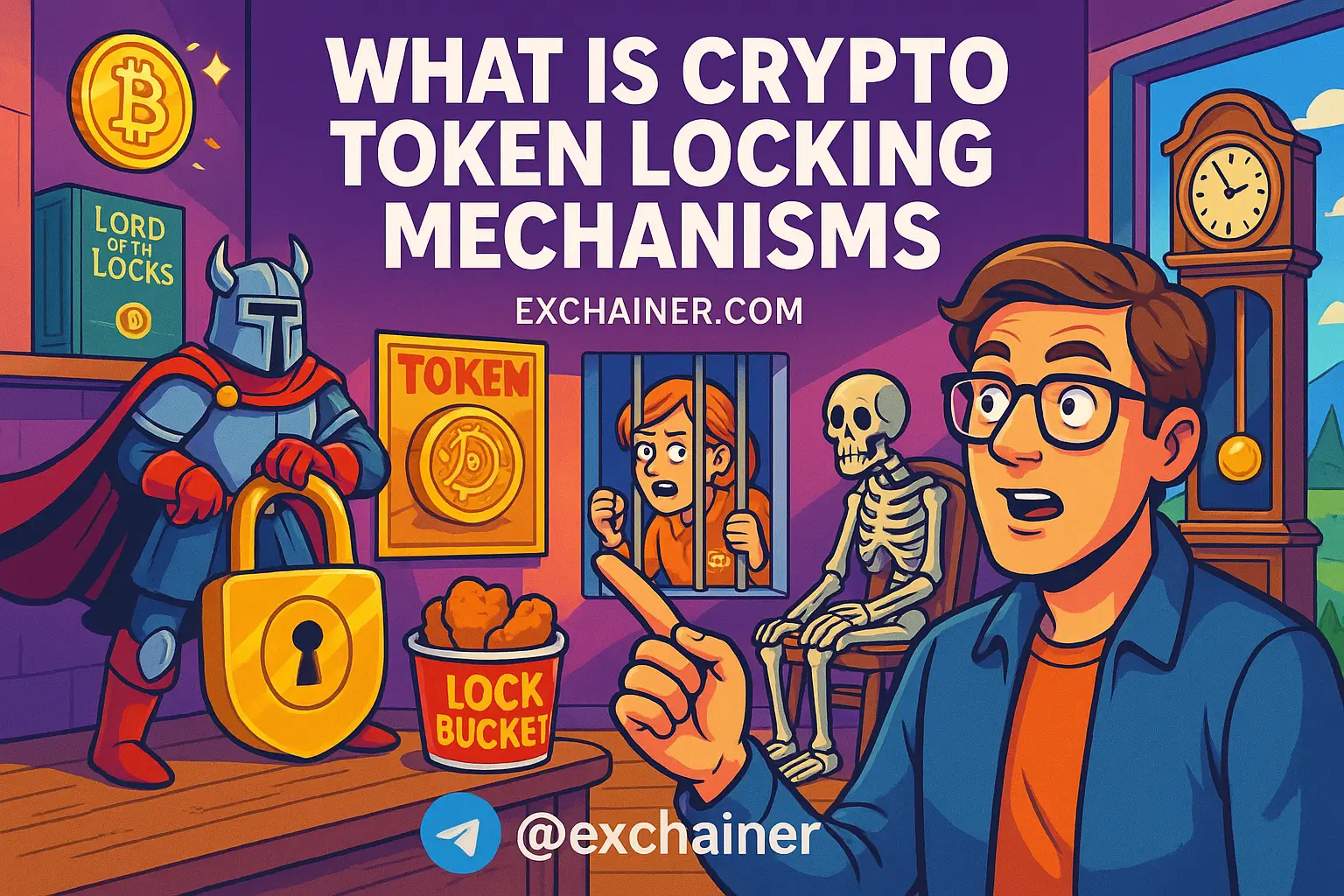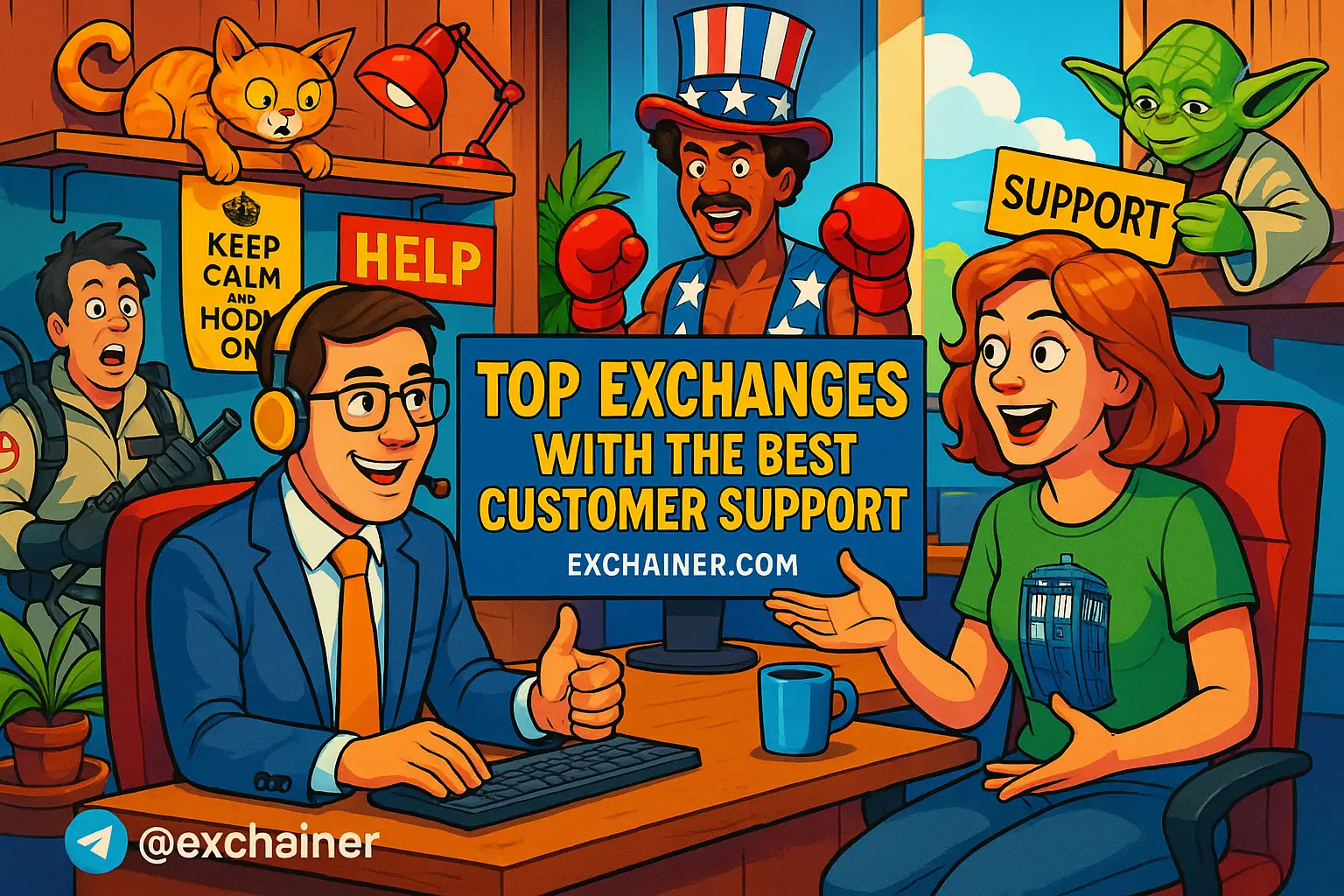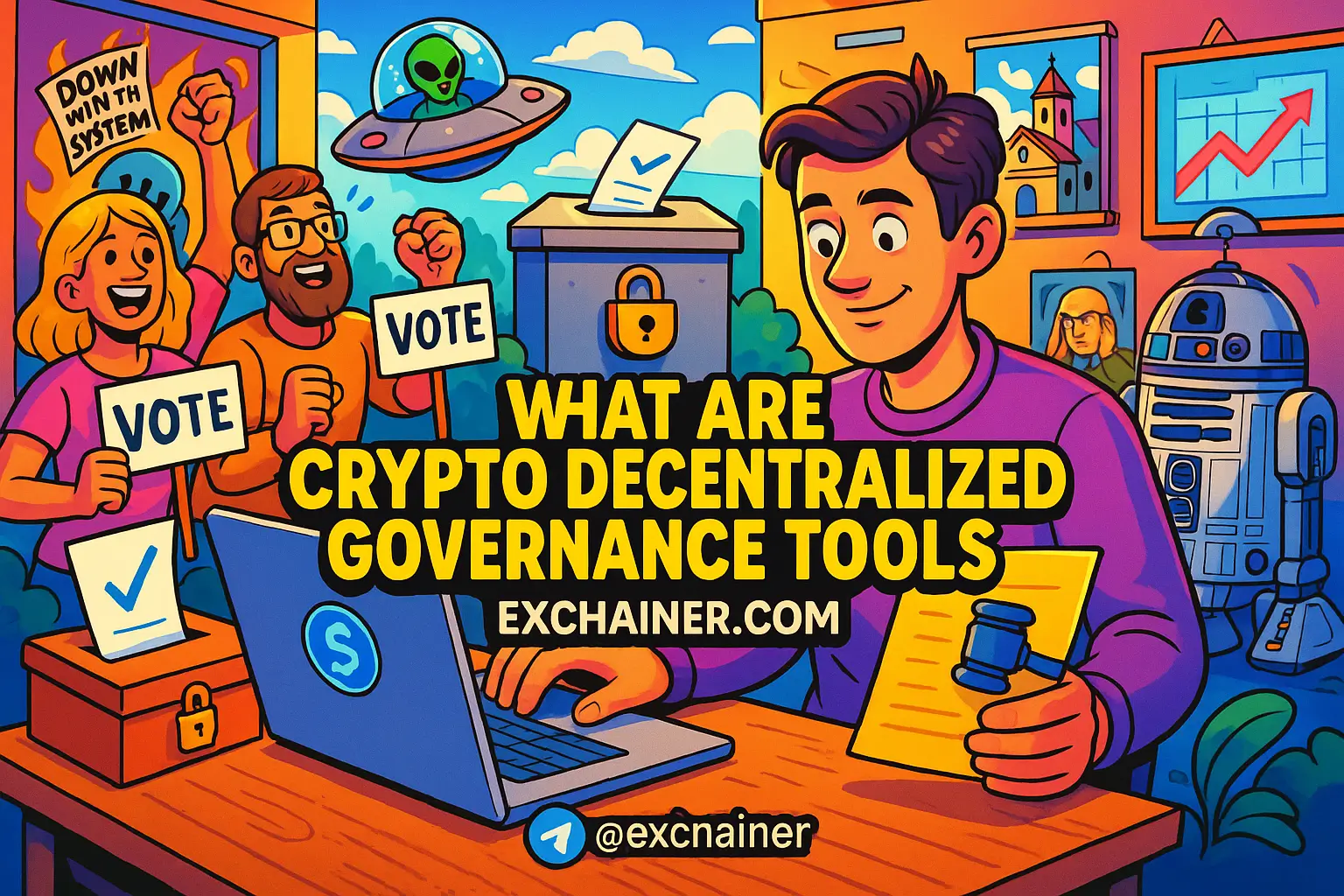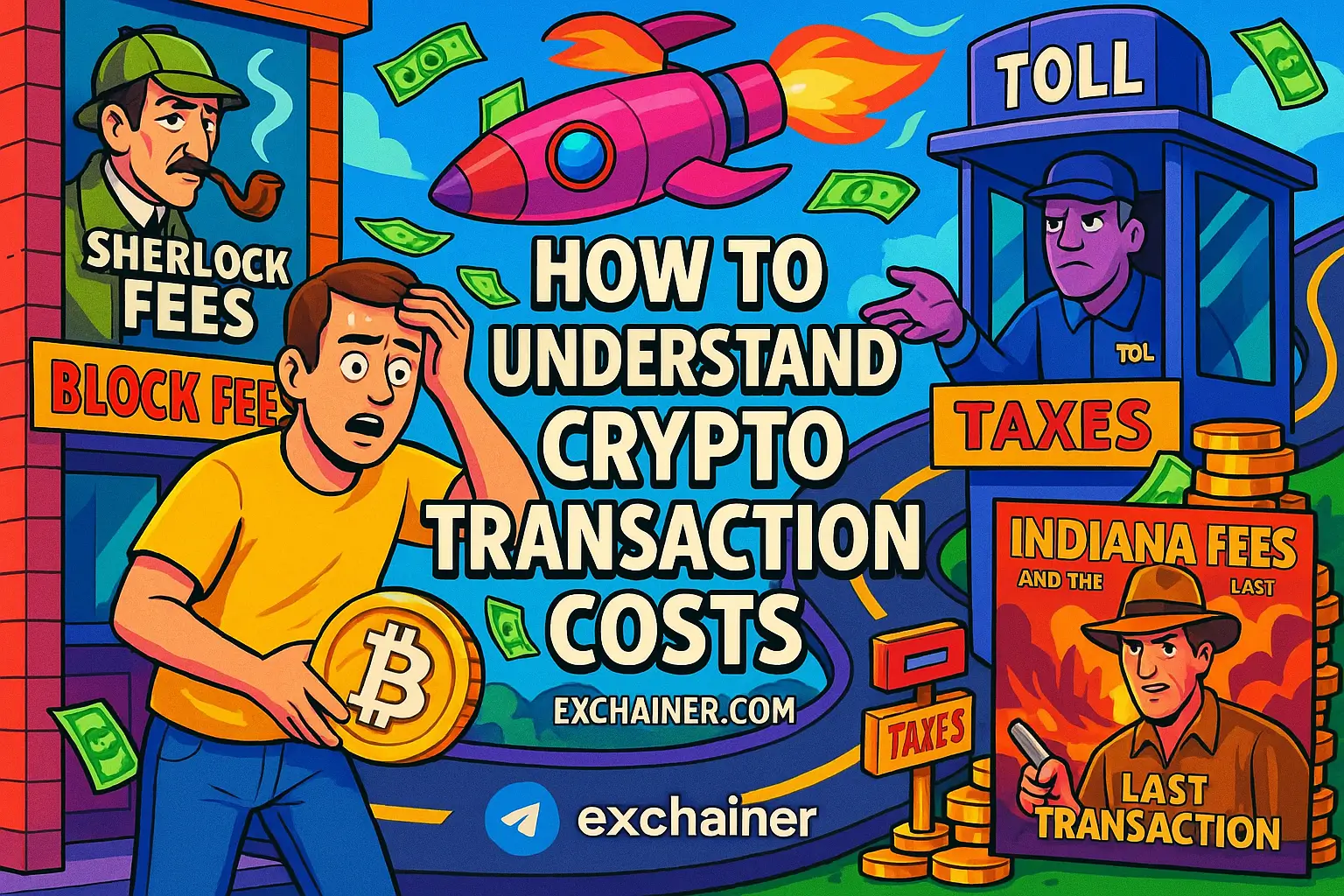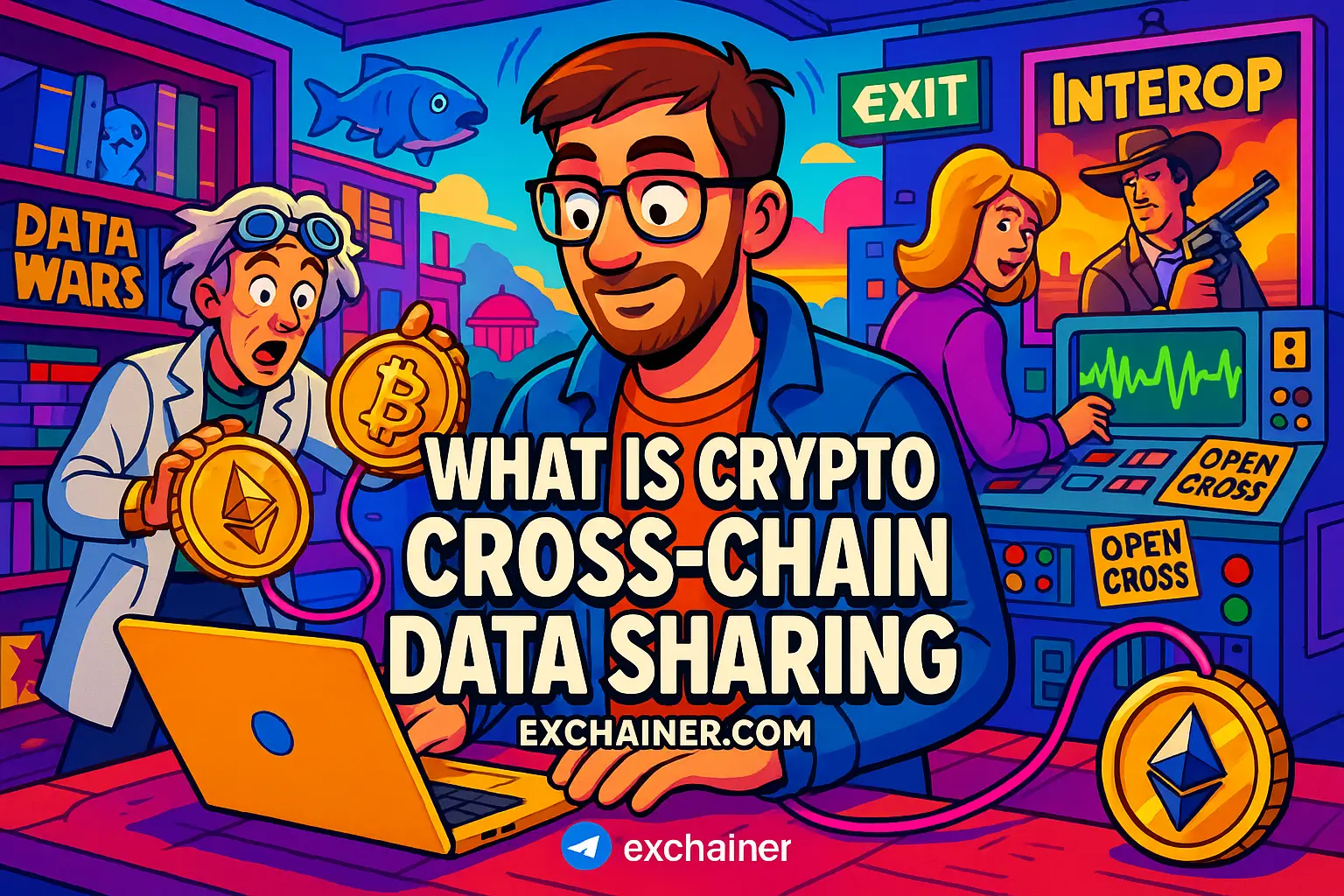Introduction
Friends, if you've dipped your toes into the world of cryptocurrency or blockchain, you've probably heard about the buzz around cross-chain governance. But what exactly is it, and why should you care? With the crypto space expanding at breakneck speed, with projects and tokens popping up on countless blockchains, the challenge lies in how these different networks communicate and make decisions. This is where cross-chain governance steps in as a vital piece, ensuring interoperability, transparency, and community-driven control across multiple blockchain platforms. Understanding cross-chain governance isn’t just for tech geeks; it’s an essential part of grasping how the decentralized finance ecosystem evolves and functions.
In this article, we’ll break down the core concepts behind cross-chain governance, take a look at why it matters, explore the technology powering it, and discuss how it impacts your participation in crypto projects. Think of it as your go-to beginner guide to not just what crypto is—but what it means for the future of decentralized decision-making. By the end, you’ll see how this concept is shaping the digital currency landscape and maybe, just maybe, how it opens up new opportunities for crypto enthusiasts and traders alike.
What Is Cross-Chain Governance?
Cross-chain governance refers to a system where multiple, independent blockchains can collectively make decisions, vote, and enforce rules across their networks. This governance model ensures that no single chain operates in isolation forever. Instead, blockchains with different functions, communities, and consensus mechanisms can cooperate, share information, and coordinate changes or updates. Essentially, it’s a framework that connects disparate blockchains and allows them to govern shared resources or protocols together.
Traditional blockchain governance usually happens within one network. For example, holders of a single cryptocurrency might vote on protocol upgrades or fee structures for that blockchain alone. But with thousands of blockchains emerging, siloed governance quickly becomes a bottleneck. This is where cross-chain governance shines—enabling ecosystems to expand and govern collectively, even if they are on entirely different platforms like Ethereum, Binance Smart Chain, or Solana.
Why is this important? Because blockchain interoperability is becoming the new norm. Users don’t want to be stuck moving their tokens between chains manually or have every project working in isolation. Cross-chain governance promises a more cooperative, unified crypto environment where decisions benefit the entire ecosystem.
Governance vs. Cross-Chain
Let’s clarify the terms. Governance in crypto is simply the process by which stakeholders (usually token holders) influence the rules or direction of a blockchain or project. Cross-chain means involving more than one blockchain network. Put together, cross-chain governance spans governance activities across multiple blockchains, enabling joint decision-making.
How Does Cross-Chain Governance Work?
That sounds cool in theory, but how does cross-chain governance work in practice? Connecting blockchains is a technical challenge due to the decentralized and permissionless nature of these networks. Here’s a step-by-step look at the core mechanics:
1. Communication Protocols
Cross-chain governance relies on cross-chain communication protocols. These protocols enable networks to send messages, information, or data to each other securely. Technologies like oracles, bridges, and relays serve this role, verifying data between chains. For example, a vote cast on Chain A might trigger a response or update on Chain B.
2. Shared Voting Mechanisms
To enable governance across chains, stakeholders must be able to vote collectively, even if they hold tokens on different blockchains. Projects often create governance tokens on multiple blockchains or use wrapped versions that represent voting power evenly. Smart contracts then tally and enforce these votes, ensuring fairness and transparency.
3. Decentralized Decision Enforcement
Once decisions are made through voting, the agreed-upon protocol changes or policy updates need to be implemented on all involved chains simultaneously. Smart contracts automate this process, removing the need for a central authority and reducing human error or delays.
4. Security and Trust Layers
Because cross-chain governance involves multiple blockchains, security risks can multiply. To avoid vulnerabilities, projects use cryptographic proofs, multi-signature schemes, and consensus algorithms to validate decisions and prevent malicious actors from exploiting governance.
Example Scenario: A Cross-Chain DeFi Protocol
Imagine a decentralized finance (DeFi) platform that operates on both Ethereum and Binance Smart Chain to capture liquidity from both communities. Using cross-chain governance, token holders on either blockchain can propose and vote on changes like interest rates or reward allocations. Once votes are tallied, the changes reflect automatically on the smart contracts running on both Ethereum and BSC without manual intervention.
Why Cross-Chain Governance Matters Today
You might wonder why this concept matters so much in 2024. Here are key reasons:
1. Growing Blockchain Ecosystem
With thousands of blockchains and layer-2 solutions available, users demand seamless interaction. Cross-chain governance allows unified control over projects running on multiple blockchains, which is essential as ecosystems grow more complex.
2. Increasing Demand for Interoperability
Cryptocurrency holders no longer want to be confined to one network. Projects like Polkadot, Cosmos, and Avalanche emphasize interoperable architectures that require coordination across chains. Cross-chain governance ensures that governance processes keep up.
3. Enhanced Security and Decentralization
By spreading governance responsibility across multiple blockchains, the power balance shifts away from single chains or centralized entities. This results in more resilient and trustless systems.
4. Real-World Adoption and Use Cases
Cross-chain governance supports major use cases like cross-chain NFTs, multi-chain DeFi protocols, and DAO collaborations, paving the way for mainstream crypto adoption.
Did You Know?
In 2024, blockchain interoperability projects have attracted billions in investments, highlighting how cross-chain governance is transforming the digital currency space — serving as the “glue” that holds next-gen blockchain networks together.
Challenges and Considerations with Cross-Chain Governance
Of course, no system is perfect. Cross-chain governance faces several hurdles that those getting involved should understand:
1. Technical Complexity
Connecting different blockchains with varying consensus models and protocols introduces complexity. Designing universally compatible governance frameworks is tough and demands innovation.
2. Security Risks
Every bridge or oracle used to connect chains opens potential attack vectors. Cross-chain governance needs robust protection against hacking, fraud, or manipulation.
3. Voter Participation
Getting token holders across multiple chains engaged in voting can be a challenge. Disparate communities might have different priorities or simply miss governance events.
4. Slower Decision-Making
With multiple chains and governance bodies involved, coordination can slow down proposal approvals. Fast reaction is sometimes sacrificed for inclusivity.
Despite these challenges, ongoing projects and research show promising developments. The crypto community remains focused on improving scalability, usability, and security to make cross-chain governance practical for all.
How You Can Engage With Cross-Chain Governance
Now that you have a grip on what cross-chain governance is and why it matters, let’s talk about how you can participate or benefit.
Step 1: Learn the Projects Using Cross-Chain Governance
Look into ecosystems like Polkadot’s parachains, Cosmos’s zones, or Avalanche’s subnets. These are pioneering interoperability and governance models. Observing how their governance modules work can give you real insight.
Step 2: Hold Governance Tokens
To have a say, you usually need governance tokens on the platform. These tokens often represent voting power or stake. Make sure you understand how tokens from different blockchains operate in governance settings.
Step 3: Vote Actively
Voting on proposals influences protocol upgrades, economic parameters, and development priorities. Many voting processes happen on dedicated platforms or integrated blockchain apps. Active participation ensures the network evolves with community interests.
Step 4: Use Cross-Chain Bridges and Tools
Tools like decentralized wallets and cross-chain bridges serve as your gateway for multi-chain asset management. They also enable token transfers required for governance voting across chains.
Pro Tip: Always verify the security status of cross-chain tools before usage. Hacks on bridges have been costly in the past, so use well-reviewed and trusted solutions.
Personal Experience
When I first started experimenting with cross-chain governance, I was cautious — the complexity intimidated me. But by following community discussions, trying small votes on testnets, and using reliable wallet apps, I gradually built confidence. Now, syncing governance activity across chains feels empowering, knowing you actively shape multiple networks at once.
Looking Ahead: The Future of Cross-Chain Governance
Experts predict that cross-chain governance will only become more embedded in the crypto ecosystem. As blockchain projects seek greater interoperability, governance models must adapt to multi-chain realities.
We can expect:
- More integrated governance dashboards that consolidate voting across chains.
- Improved security protocols to protect cross-chain transactions and votes.
- Greater role for Decentralized Autonomous Organizations (DAOs) managing multiple blockchains simultaneously.
- Wider adoption beyond DeFi into areas like supply chain, gaming, and identity systems that rely on multiple blockchains.
Elon Musk once said, "The future is decentralized." Cross-chain governance is a critical step on the path to that future—enabling diverse communities to work together and build more seamless, decentralized digital economies.
Conclusion
So, friends, cross-chain governance is no longer just a fancy buzzword—it's a fundamental evolution in how decentralized networks coordinate and make decisions. Whether you’re a trader, a builder, or simply curious, grasping this concept will give you an edge in understanding the next wave of crypto innovation.
By connecting blockchain ecosystems through cross-chain governance, we unlock new possibilities for collaboration, security, and inclusivity. Challenges remain, sure — but the trajectory is clear: seamless, multi-chain governance is shaping the future of digital currency.
If this sparked your curiosity, dive deeper into the fascinating world of crypto governance and blockchain basics. Start by visiting our Crypto 101 section for fundamentals, check out reliable exchange reviews to find the best platforms for trading governance tokens, and explore the latest tools and wallets to manage multi-chain assets safely.
Your journey in crypto is just getting started, and understanding cross-chain governance will help you steer your way through this thrilling decentralized maze. Stay curious, stay smart, and welcome to the future of digital currency!
For more insightful articles on cryptocurrency basics and advanced concepts, keep exploring Exchainer.com.

